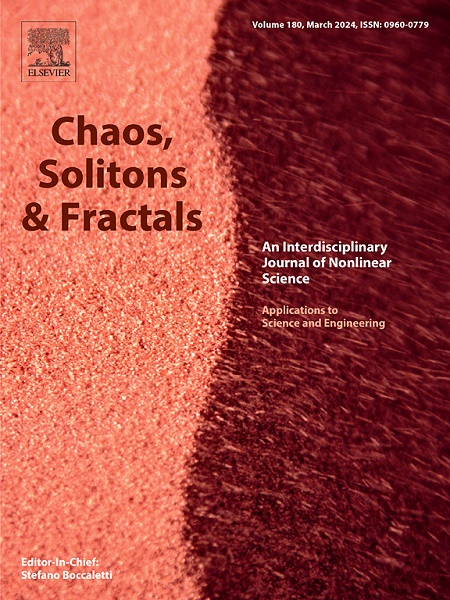关于微分差分方程的混合动力系统
IF 5.6
1区 数学
Q1 MATHEMATICS, INTERDISCIPLINARY APPLICATIONS
引用次数: 0
摘要
在本文中,我们定义并研究了一类以微分差分方程为特征的线性混合动力系统。我们引入了两个便于分析这些系统的算子,并推导出其解的明确公式。我们研究了传递函数矩阵和特征多项式,以评估稳定性。我们的理论发现得到了数值实例的支持,证明了它们在电力系统稳定性分析中的应用。具体而言,我们在电力系统稳定性分析的背景下证实了我们的理论,并纳入了离散行为的元素。本文章由计算机程序翻译,如有差异,请以英文原文为准。
On hybrid dynamical systems of differential–difference equations
In this paper, we define and study a class of linear hybrid dynamical systems characterized by differential–difference equations. We introduce two operators that facilitate the analysis of these systems and derive explicit formulas for their solutions. We examine the transfer function matrix and characteristic polynomial to assess stability. Our theoretical findings are supported by numerical examples, demonstrating their application in power systems stability analysis. Specifically, we substantiate our theory within the context of power systems stability analysis, incorporating elements of discrete behavior.
求助全文
通过发布文献求助,成功后即可免费获取论文全文。
去求助
来源期刊

Chaos Solitons & Fractals
物理-数学跨学科应用
CiteScore
13.20
自引率
10.30%
发文量
1087
审稿时长
9 months
期刊介绍:
Chaos, Solitons & Fractals strives to establish itself as a premier journal in the interdisciplinary realm of Nonlinear Science, Non-equilibrium, and Complex Phenomena. It welcomes submissions covering a broad spectrum of topics within this field, including dynamics, non-equilibrium processes in physics, chemistry, and geophysics, complex matter and networks, mathematical models, computational biology, applications to quantum and mesoscopic phenomena, fluctuations and random processes, self-organization, and social phenomena.
 求助内容:
求助内容: 应助结果提醒方式:
应助结果提醒方式:


